
Marina Multhaup is a Senior Associate at Barnard, Iglitzin & Lavitt—a law firm in Seattle, Washington, that represents unions, and a former student member of the Labor and Employment Lab at Harvard Law.
It’s time the labor movement embraces abolition: for the sake of its membership and in order to create the world it wants to build. Labor can’t realize its goals without abolishing prisons and prison abolitionists can’t build the world we need without a strong labor movement. The labor movement doesn’t just fight for better wages, it fights to “vanquish oppression in all its forms,” “create a more just and humane society,” and “make our communities stronger, healthier, and safer.” Labor can’t achieve these goals while allowing its members, especially Black and brown and poor people, to be targeted and encaged by the prison system.
Prison abolition envisions a world without incarceration, where prisons are inconceivable. Abolitionists believe that all forms of incarceration harm more than help. With over 2 million people incarcerated in the US, more than any other country, and with Black and brown people overrepresented in the prison population, prisons are one of the biggest remaining sites of historical and present-day slavery, systemic racism, and exploitation. Prison abolition has been a growing movement since the 1990s, made up of decentralized networks of organizers, campaigns, activists and scholars, including Angela Davis, Ruth Wilson Gilmore, Critical Resistance, and INCITE!.
The long-term goal of abolitionists is to eliminate both actual prisons and the prison industrial complex, defined as the “overlapping interests of government and industry that use surveillance, policing, and imprisonment as solutions to economic, social and political problems.” Abolition isn’t just about tearing down buildings, it’s also about presence. Abolitionists seek to address the root causes of violence, like inequality, poverty, and racism, by getting people the resources and care they need long before they “mess up.” Currently, problems of poverty, drug addiction, and shrinking education and job opportunities are “solved” by criminalization. The prison abolition movement seeks to build a world where prisons aren’t used to solve society’s problems. Because, as Angela Davis teaches, “prisons don’t disappear social problems, they disappear people.”
Prison abolition isn’t just a long-term vision for the future, but also a practical organizing tool for today. Abolitionists pursue “non-reformist reforms” as a guide to everyday organizing. Non-reformist reforms are changes that defund, de-legitimate, or de-tie the carceral state from the rest of society. For example, a carceral reform would be increased training for correctional officers, because it increases the corrections budget and legitimizes the idea that prisoners are dangerous. An example of a non-reformist reform is expanding medical parole eligibility, because it would decrease prison populations and advance the idea that people deserve to be healthy at home with their families. The labor movement already practices this type of long-term-short-term organizing. Labor fights for a society where everyone has decent work, but day to day we organize small groups of local employees.
One reason why the labor movement should become abolitionist is because prisoners are forced to labor due to the loophole in the Thirteenth Amendment, which outlawed slavery except after a criminal conviction. In the 1970s, inspired by Black Panther organizing, tens of thousands of prisoners organized into unions until their efforts were quashed by the Supreme Court in its 1977 decision Jones v. The North Carolina Prisoners’ Labor Union. There, a prisoners union in a North Carolina prison sought to collectively bargain for better working conditions. The Department of Correction responded by barring prisoners from forming unions and refusing to deliver union-related mail or allow union meetings. The union sued, and the district court granted significant injunctive relief, finding that prisoners had First Amendment rights to associate. The Supreme Court reversed, explaining that the prison’s “operational realities” outweighed prisoners’ associational rights.
Although courts have refused to offer any legal protection, people inside have continued to organize around issues of prison labor. The Incarcerated Workers Organizing Committee (IWOC) is a prisoner-led local of the Industrial Workers of the World. IWOC has helped to organize two national prisoner strikes in 2016 and 2018, both of which received widespread media coverage and involved tens of thousands of prisoners. Activists propose that the NLRB could offer legal protections to incarcerated unionizing efforts if the IWW brought a case, and the Clean Slate project advocates for expanding union rights to incarcerated workers. This non-reformist reform could build power among incarcerated people and delegitimize the idea that prisoners cannot have a say about the conditions of their lives.
But there are more fundamental ways that the prison system and the labor movement are intertwined. Where worker power is weak, prisons are strong. Studies have shown that weak labor movements lead to rising economic inequality. And in places where “inequality is the deepest, prison is used the most.” Only 13% of incarcerated working-age men earned more than $15,000 before being incarcerated. And after being released, only half of working-age men reported any earnings at all. Prisons are both a response to inequality and a driver of it, just like outsourcing, austerity, and underemployment—all things that weaken the labor movement. As Professor Gilmore describes, the places where prisoners come from and the places that prisons get built are also the places that have been deprived of the social services, decent wages, and life-affirming institutions that unions fight for.
In addition, mass incarceration has a significant chilling effect on the labor movement. About 70 million people have criminal records, almost half of the U.S. labor force. Many of these people are pushed into informal sectors of the economy—home health care, landscaping, house cleaning, cooking—sectors where unionization levels are low. And workers with criminal records may be less likely to join unions because the risk of retaliation is too high—getting fired can mean being forced back to prison.
While there is a long history of mostly Black unions that have embodied abolitionist visions, the mainstream labor movement hasn’t yet followed. The AFL-CIO is opposed to the widespread use of prison labor and sees that mass incarceration is a labor issue, but hasn’t gone past reform. But since this summer’s protests for Black lives, abolition has been gaining traction. The ILWU shut down its ports for Juneteenth, refusing the “false distinction between anti-racist and class struggles.” Bus driver unions in New York and Minneapolis refused to transport arrested protestors. Rank and file and locals across the country urged their internationals to expel police unions. The University of Michigan graduate student union staged an “abolitionist strike,” demanding that the university sever ties to police and carceral organizations.
Of course, there are plenty of challenges. Police and correctional officer unions wield huge power and are dependent on the carceral system for their livelihoods. How to address this issue—whether to oust these unions or work with them—is a question that unions are starting to reckon with. But there are also endless opportunities. Imagine if building and trade unions refused to construct or work on prisons. Imagine if local electrician and plumbing unions partnered with local abolitionist reentry groups; flexing their power to decarcerate and growing their power by offering released people an entry into the union on day one. Imagine if public sector unions used their power to force governments to defund departments of correction and fund education, healthcare, and community services. Imagine the world we could create when we unite.
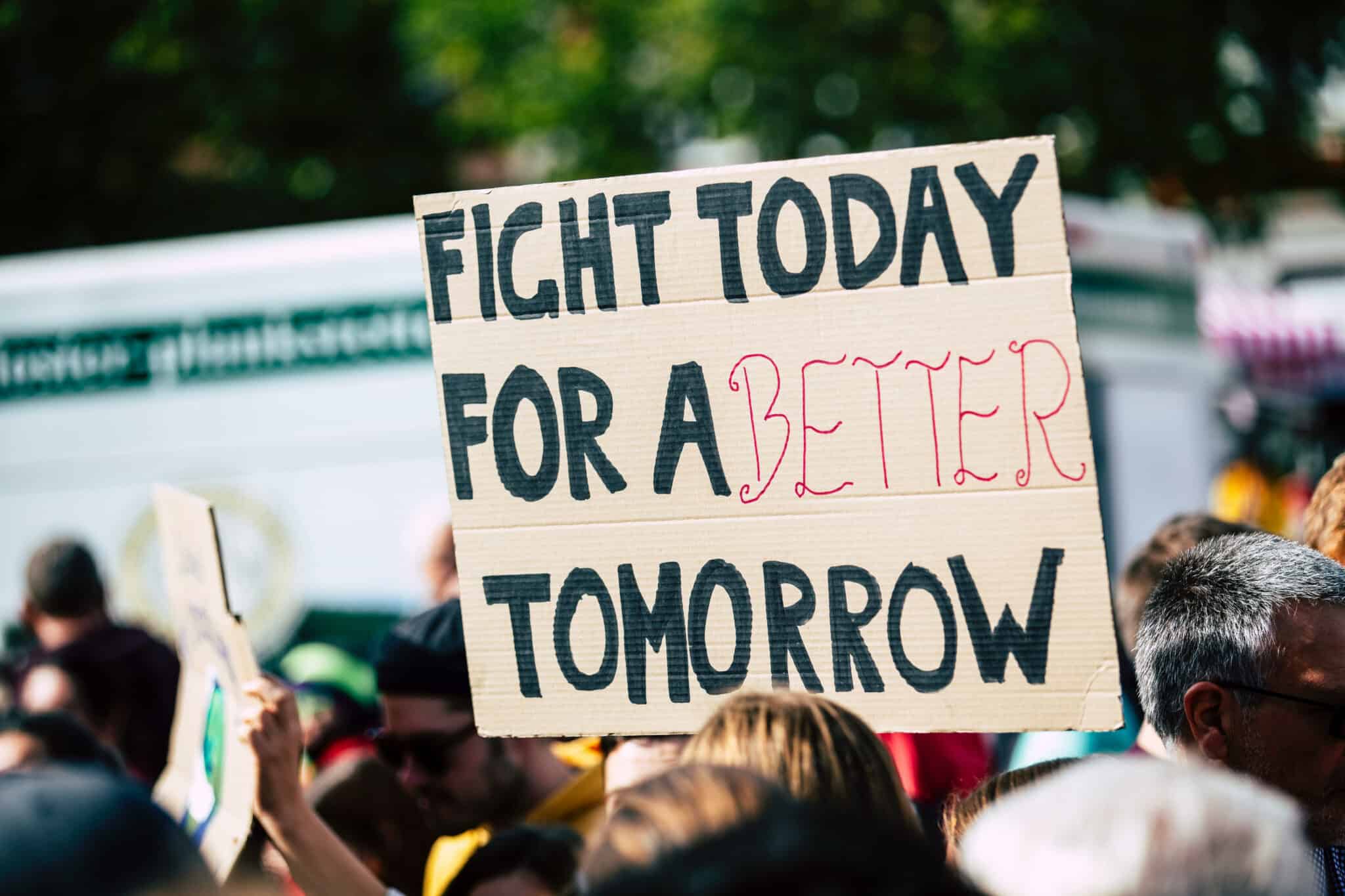
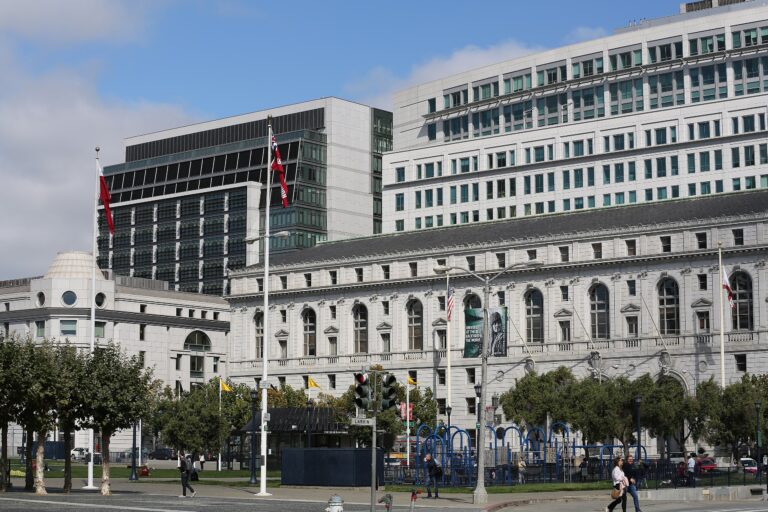

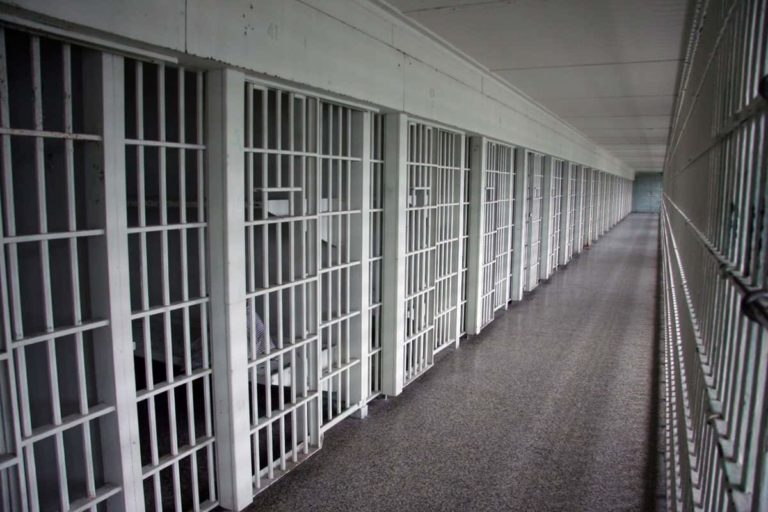

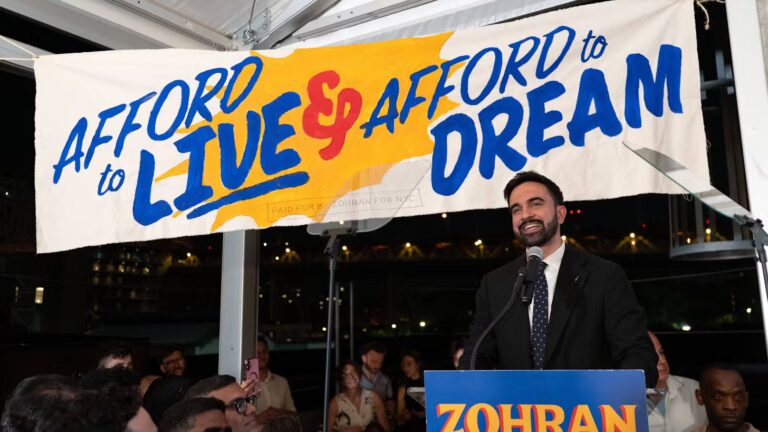
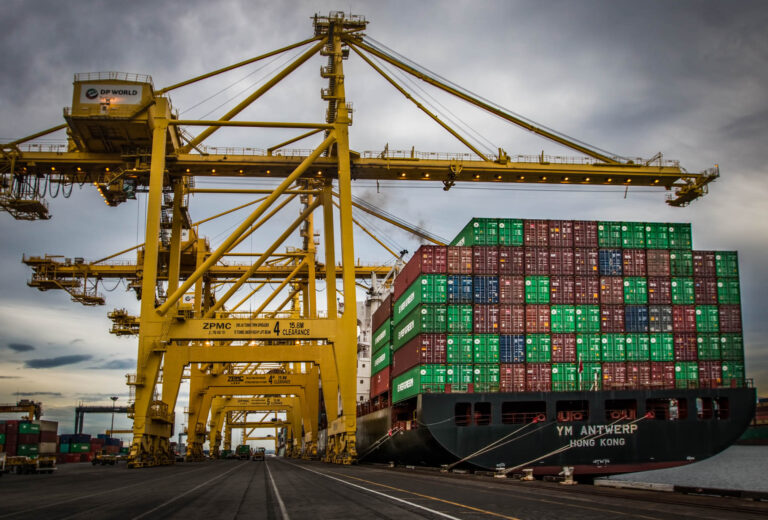

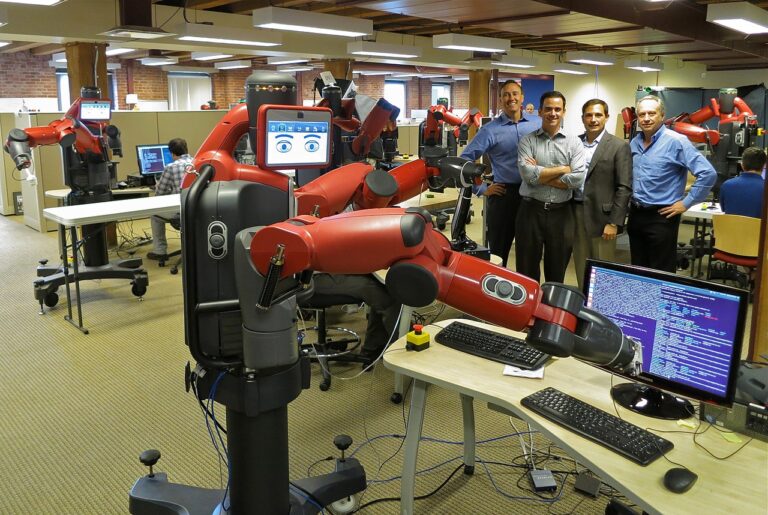
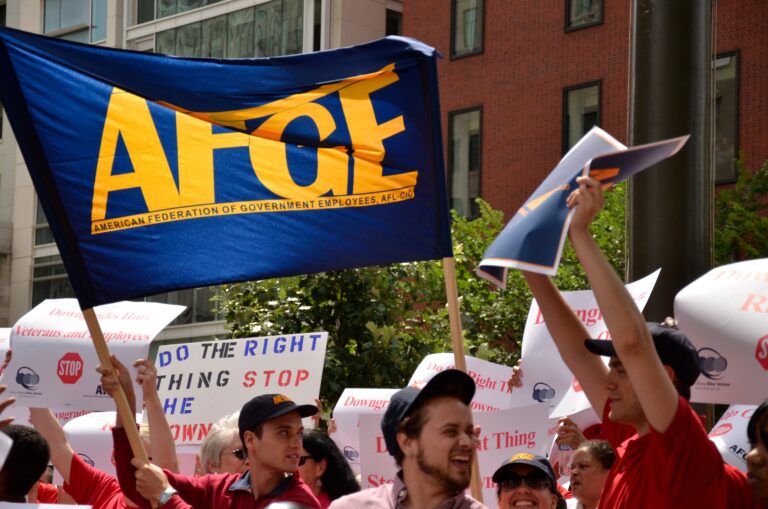
Daily News & Commentary
Start your day with our roundup of the latest labor developments. See all
December 8
Private payrolls fall; NYC Council overrides mayoral veto on pay data; workers sue Starbucks.
December 7
Philadelphia transit workers indicate that a strike is imminent; a federal judge temporarily blocks State Department layoffs; and Virginia lawmakers consider legislation to repeal the state’s “right to work” law.
December 5
Netflix set to acquire Warner Bros., Gen Z men are the most pro-union generation in history, and lawmakers introduce the “No Robot Bosses Act.”
December 4
Unionized journalists win arbitration concerning AI, Starbucks challenges two NLRB rulings in the Fifth Circuit, and Philadelphia transit workers resume contract negotiations.
December 3
The Trump administration seeks to appeal a federal judge’s order that protects the CBAs of employees within the federal workforce; the U.S. Department of Labor launches an initiative to investigate violations of the H-1B visa program; and a union files a petition to form a bargaining unit for employees at the Met.
December 2
Fourth Circuit rejects broad reading of NLRA’s managerial exception; OPM cancels reduced tuition program for federal employees; Starbucks will pay $39 million for violating New York City’s Fair Workweek law; Mamdani and Sanders join striking baristas outside a Brooklyn Starbucks.